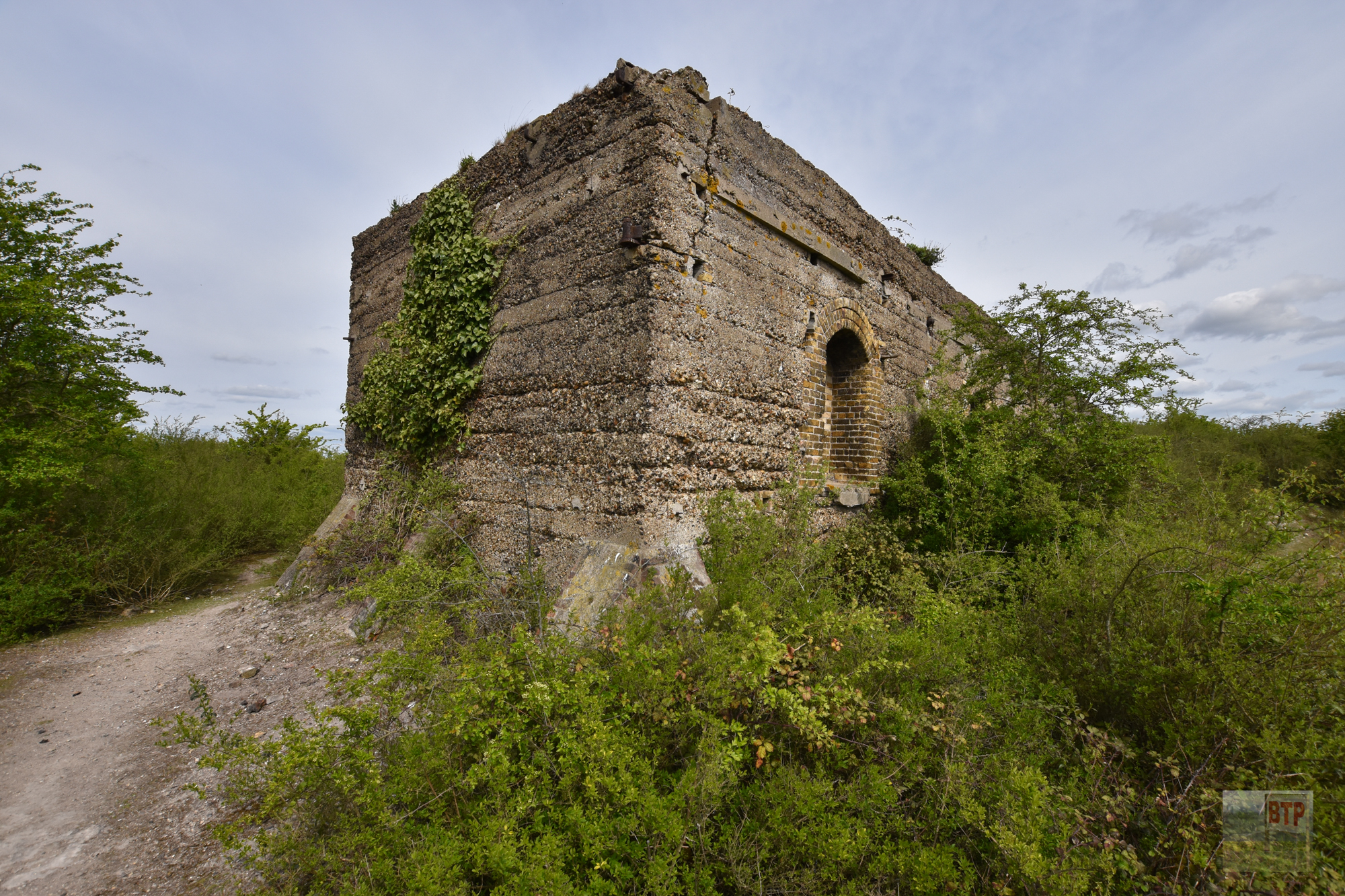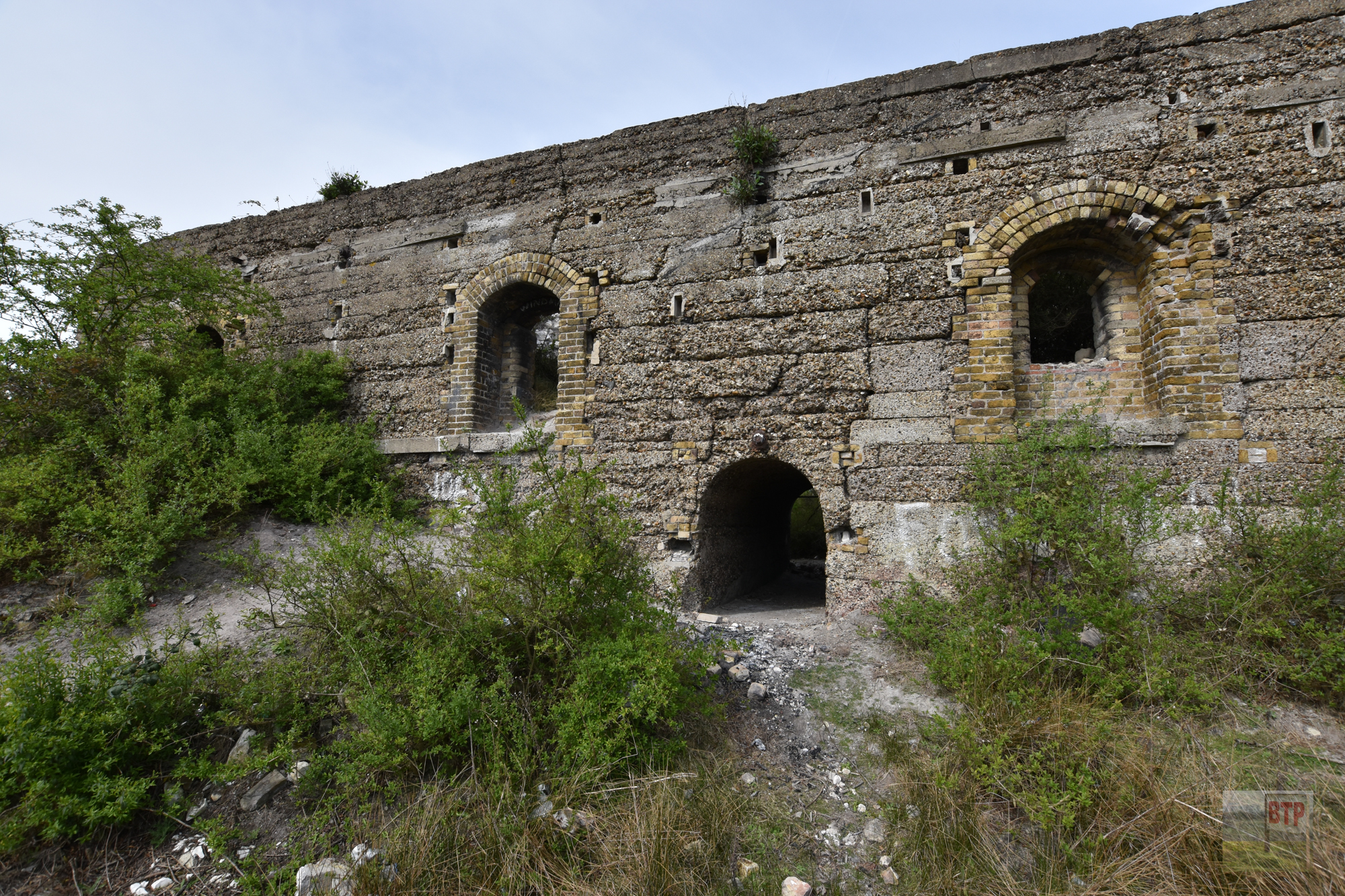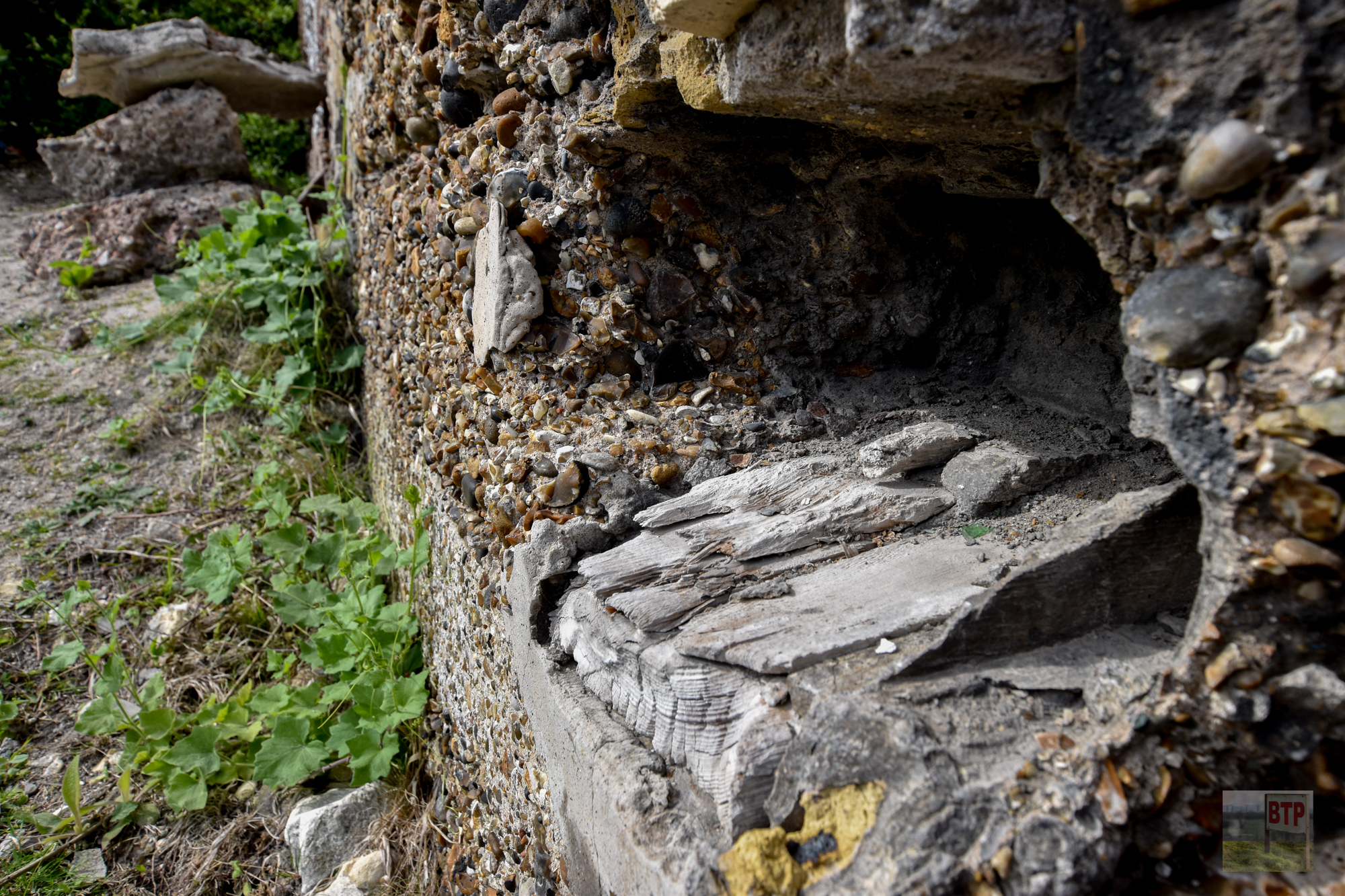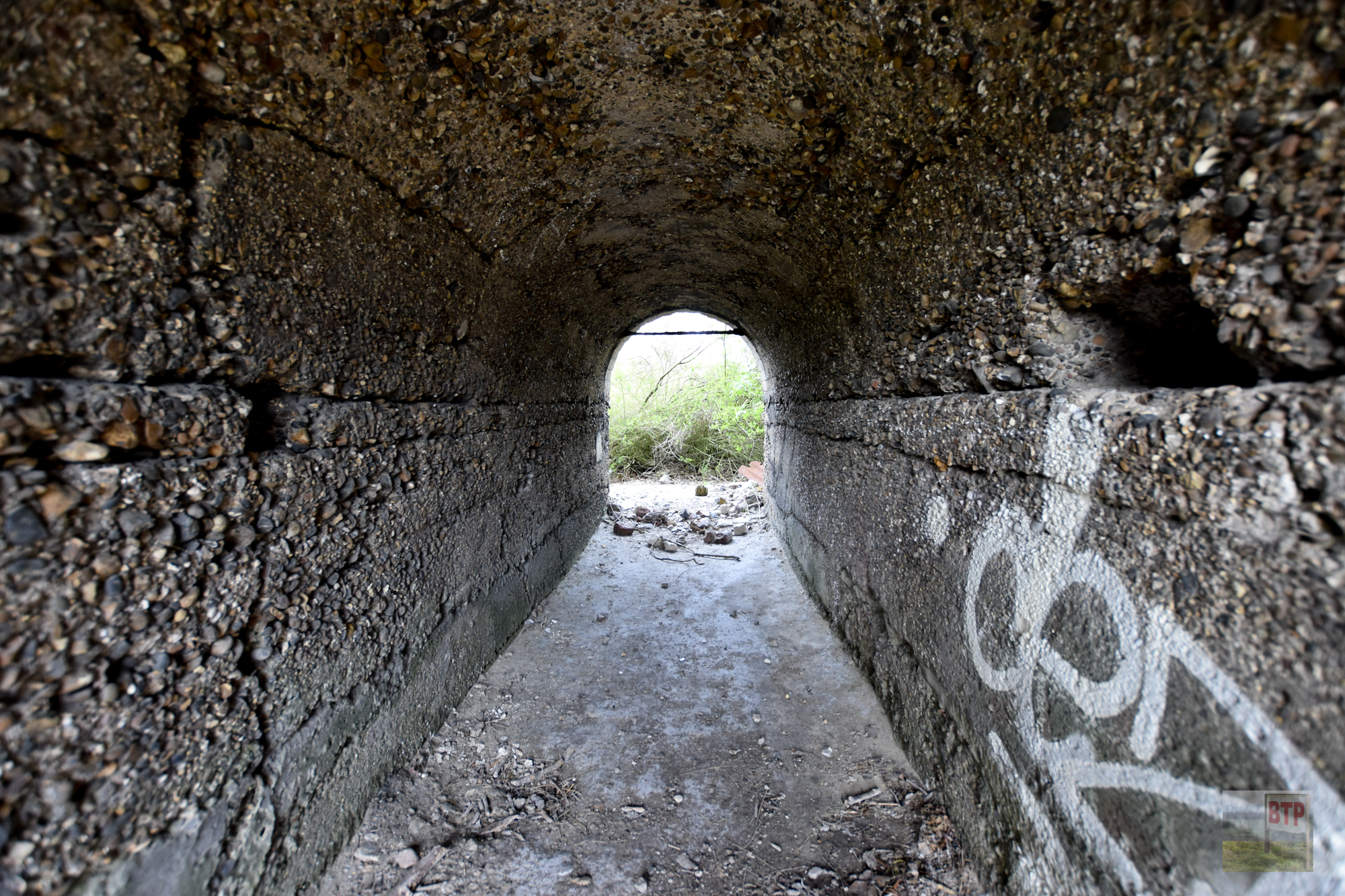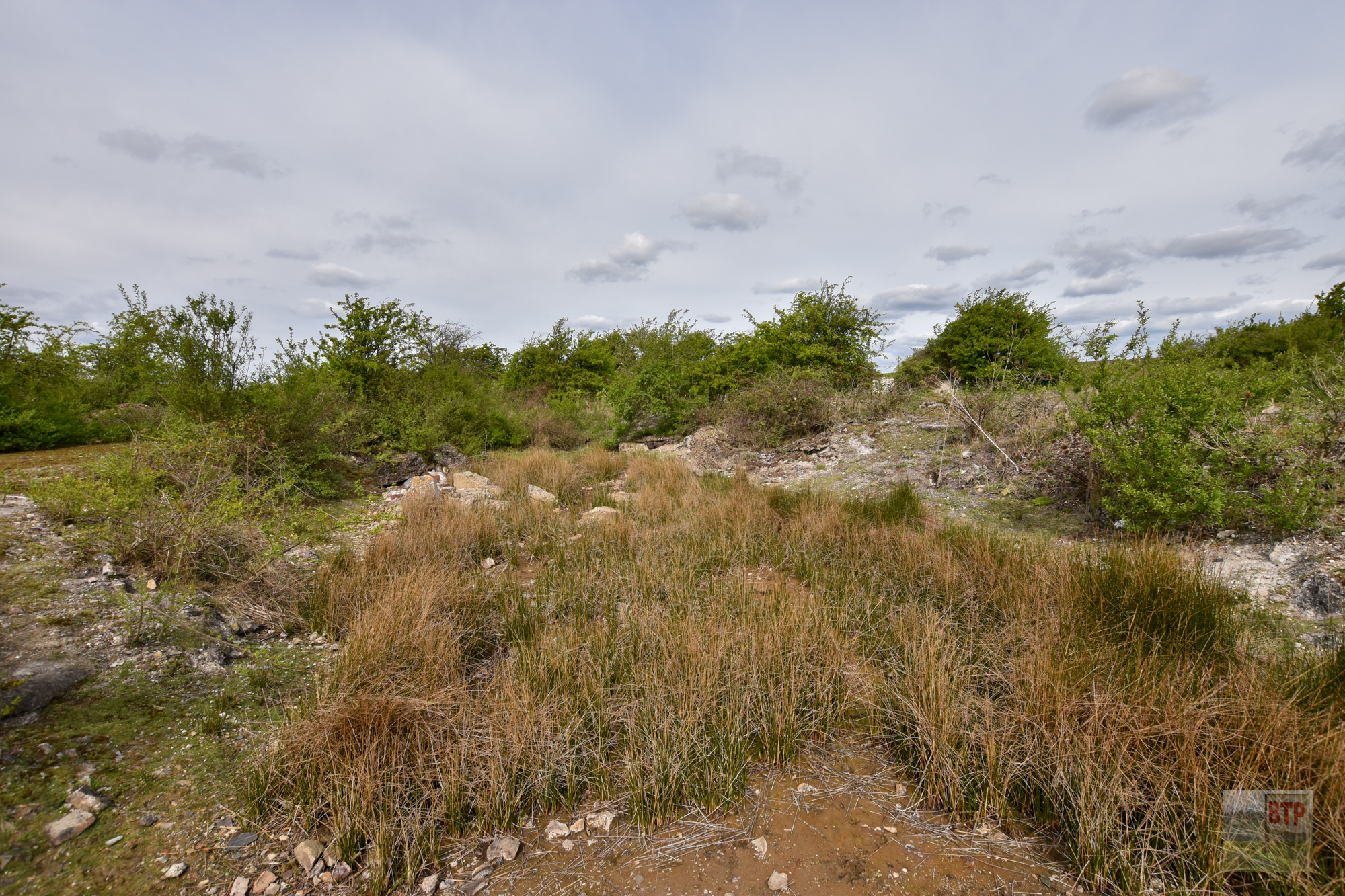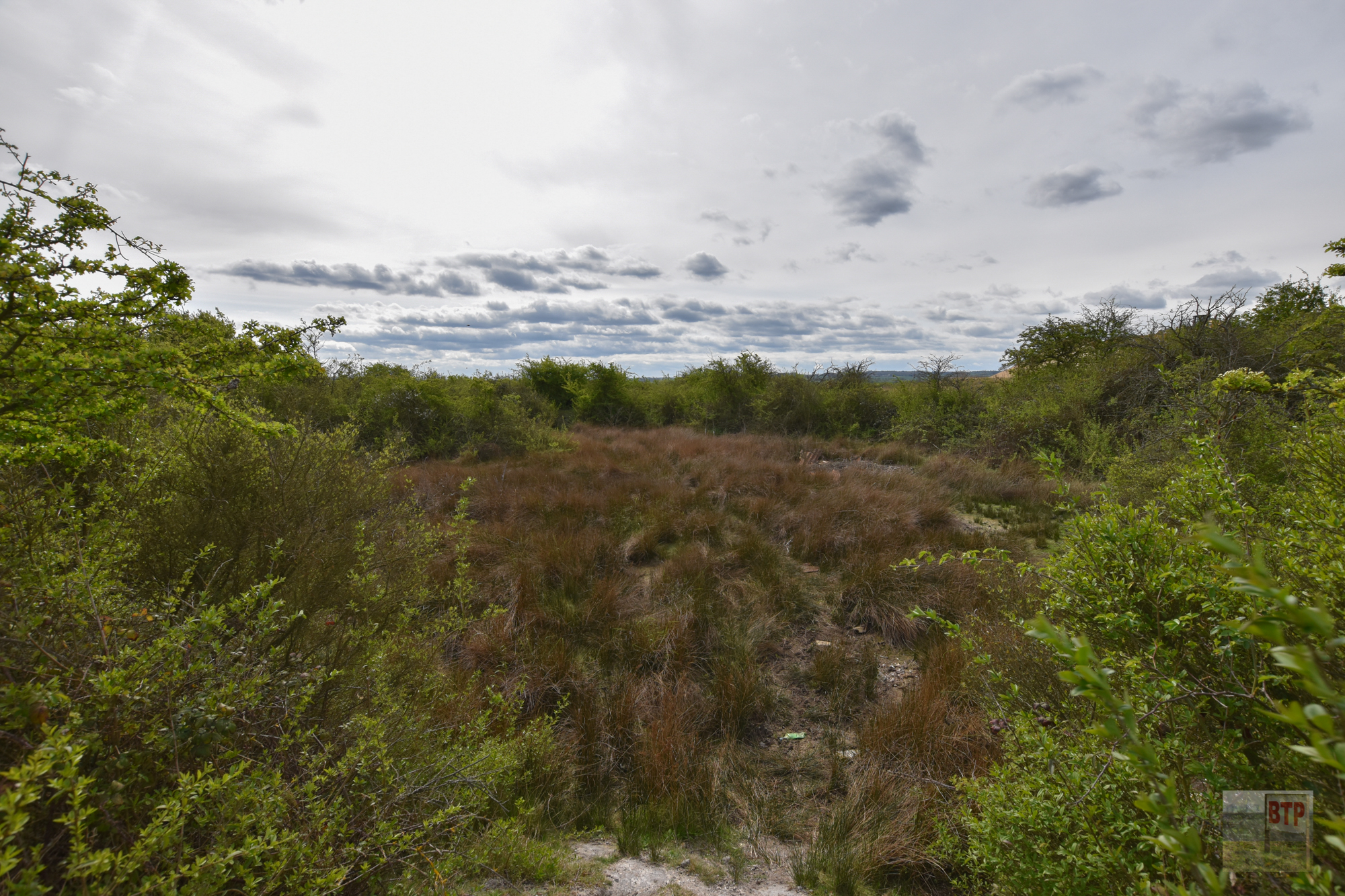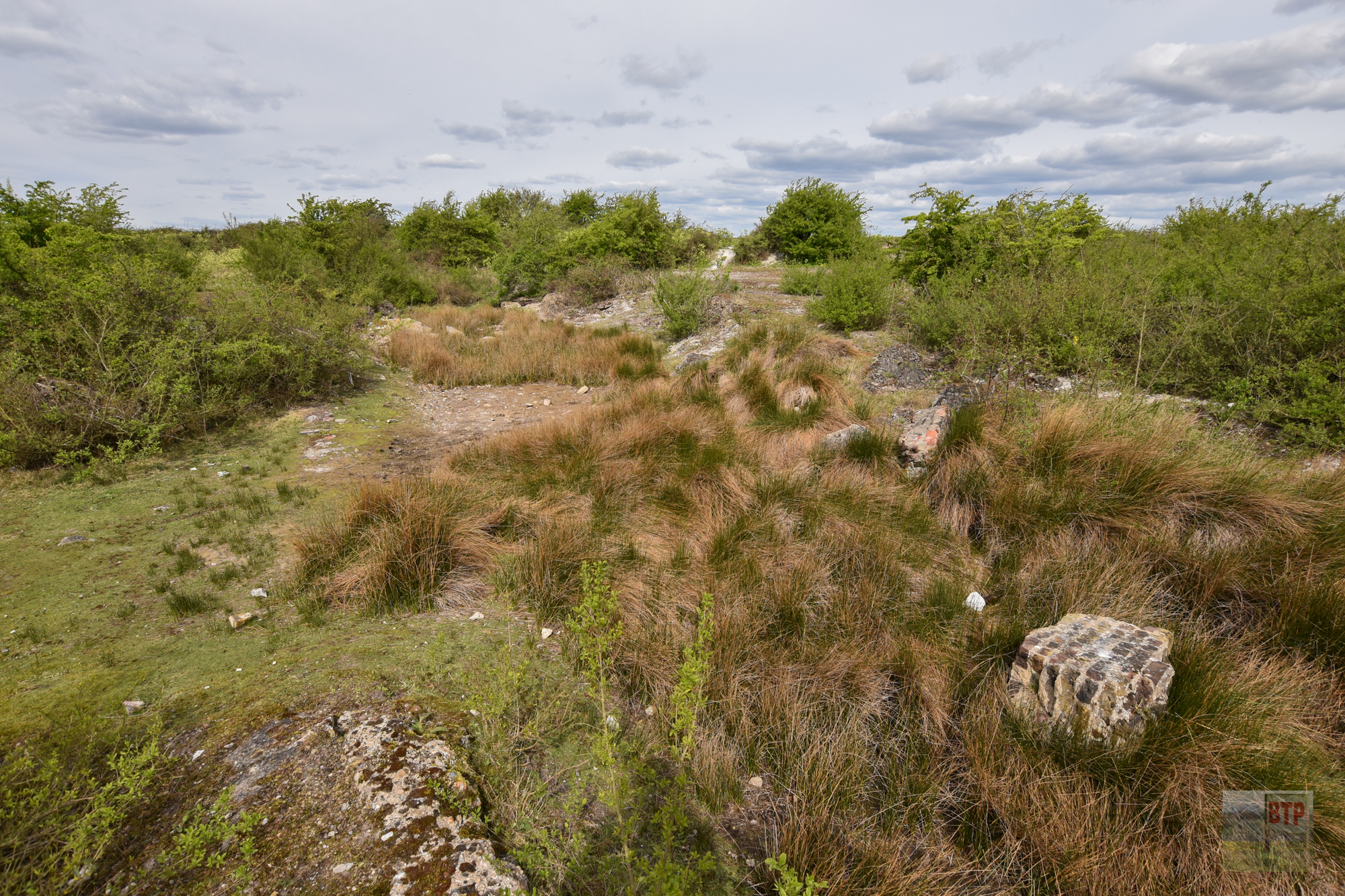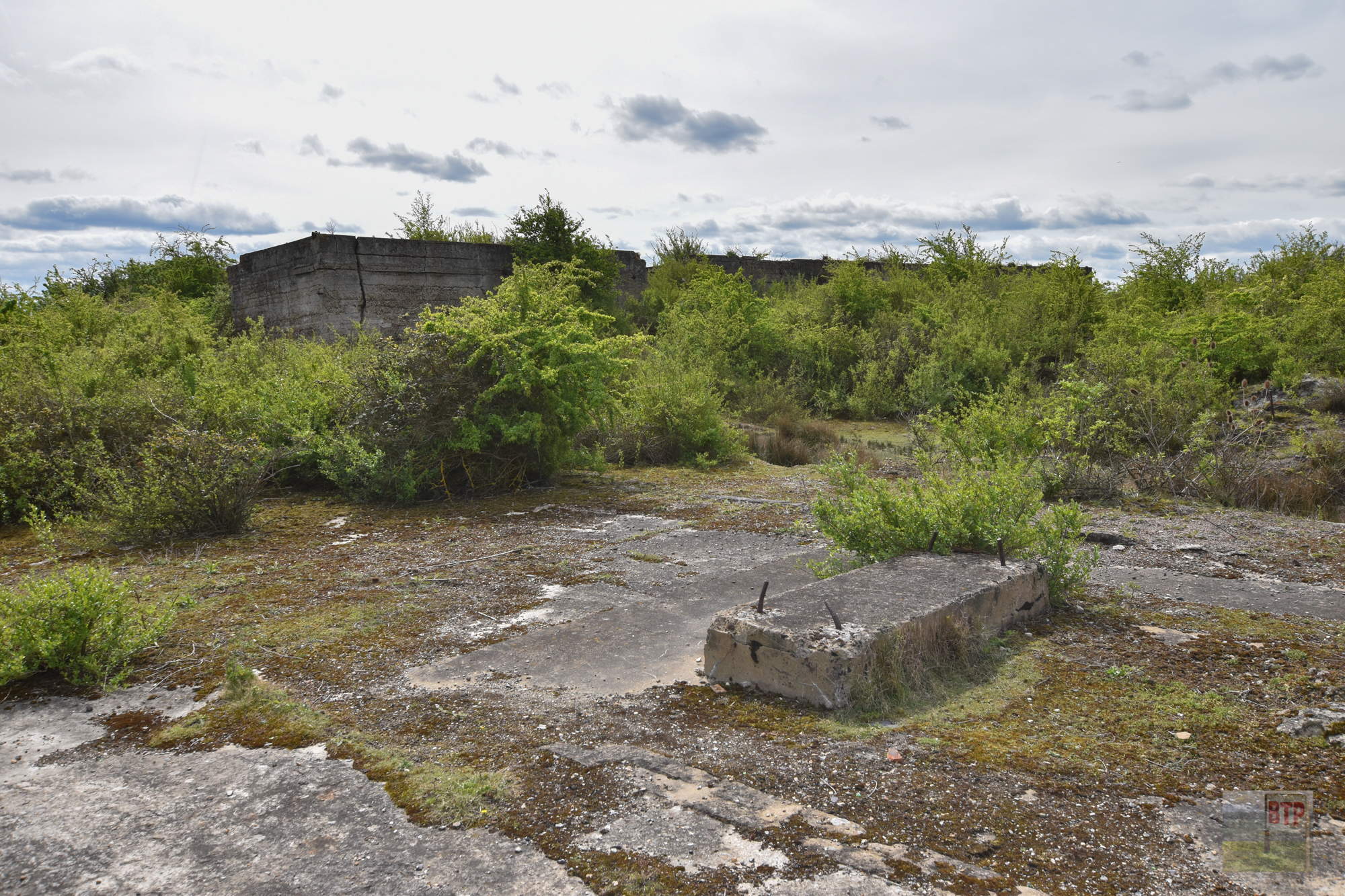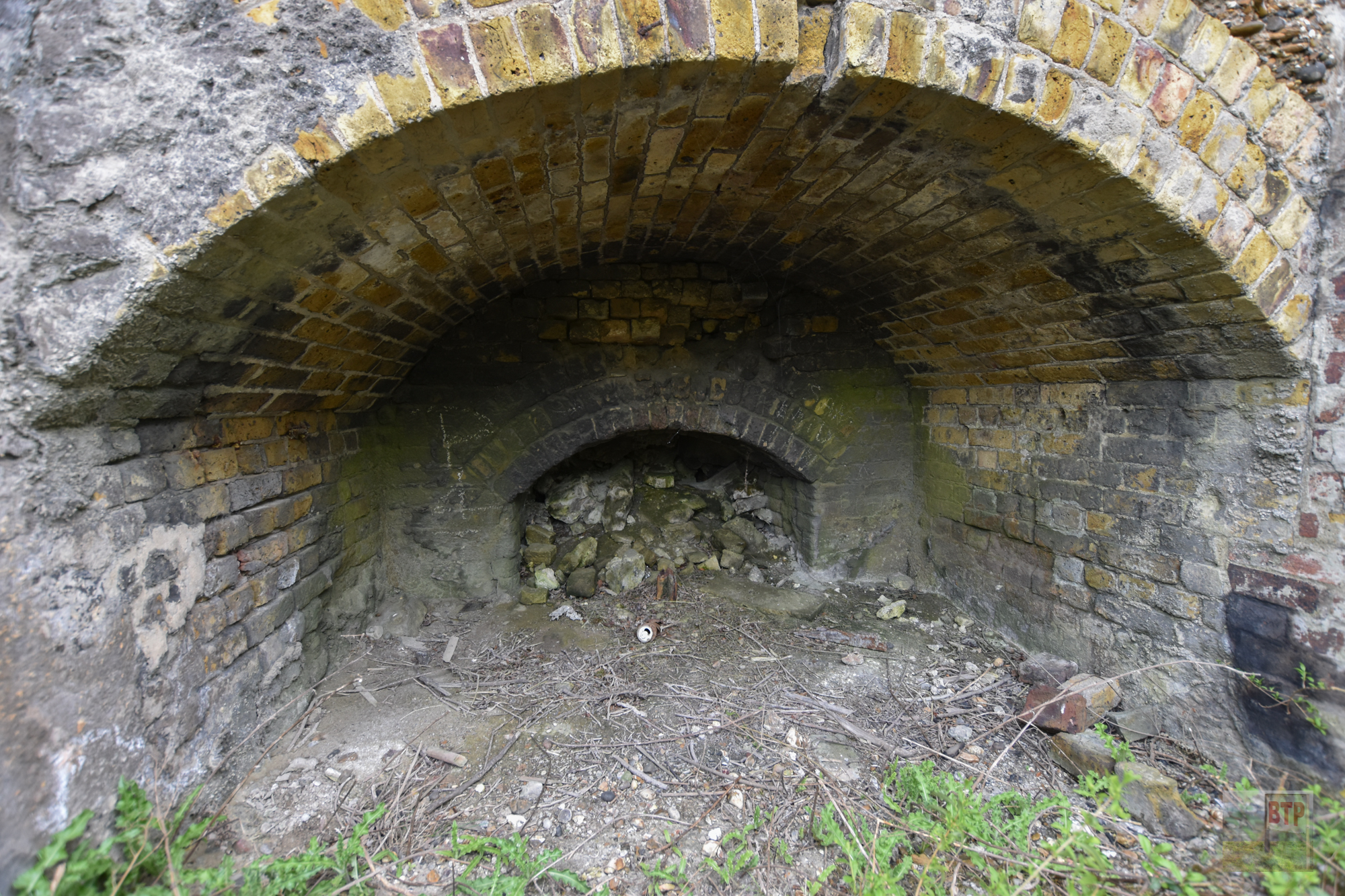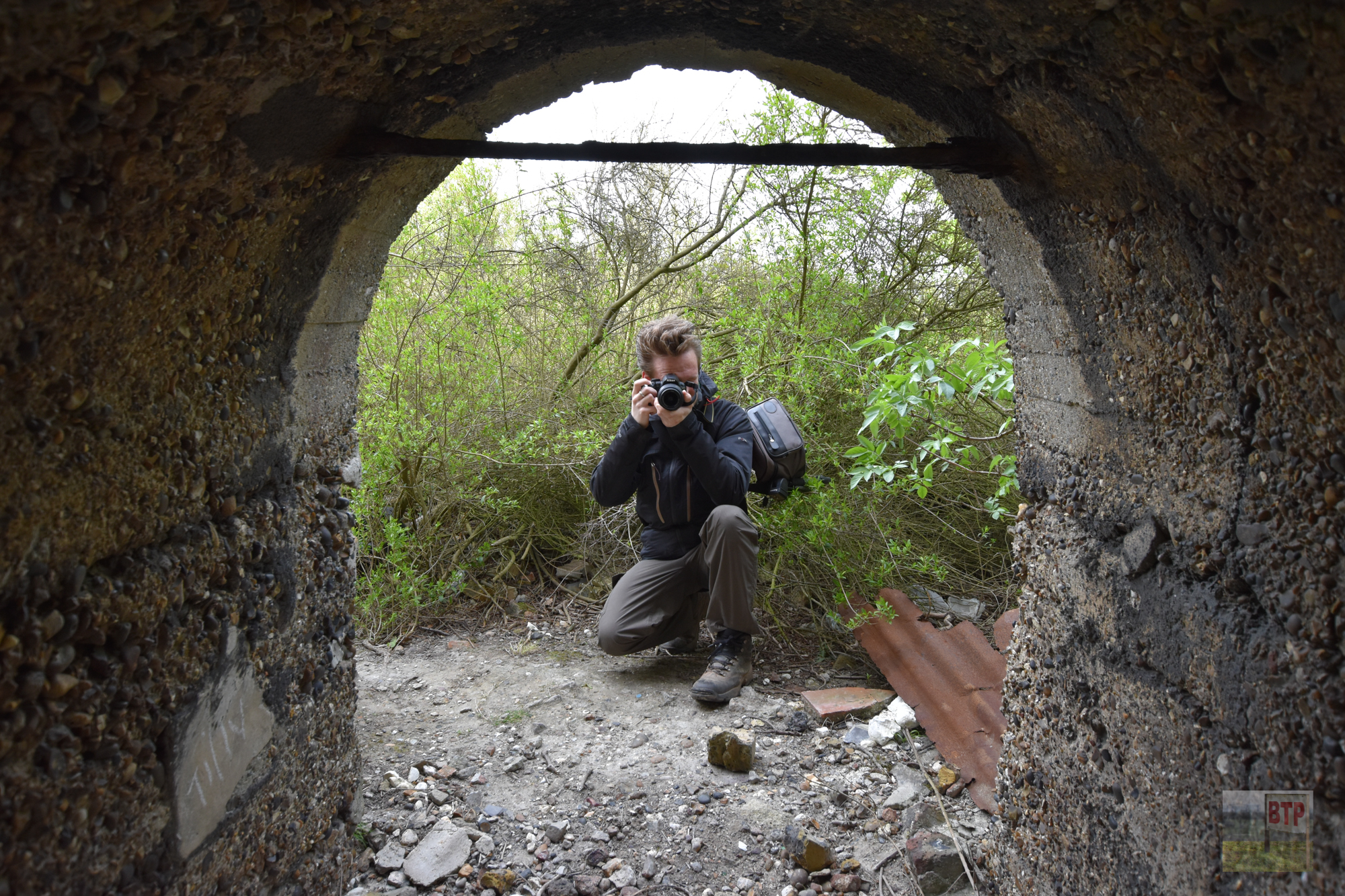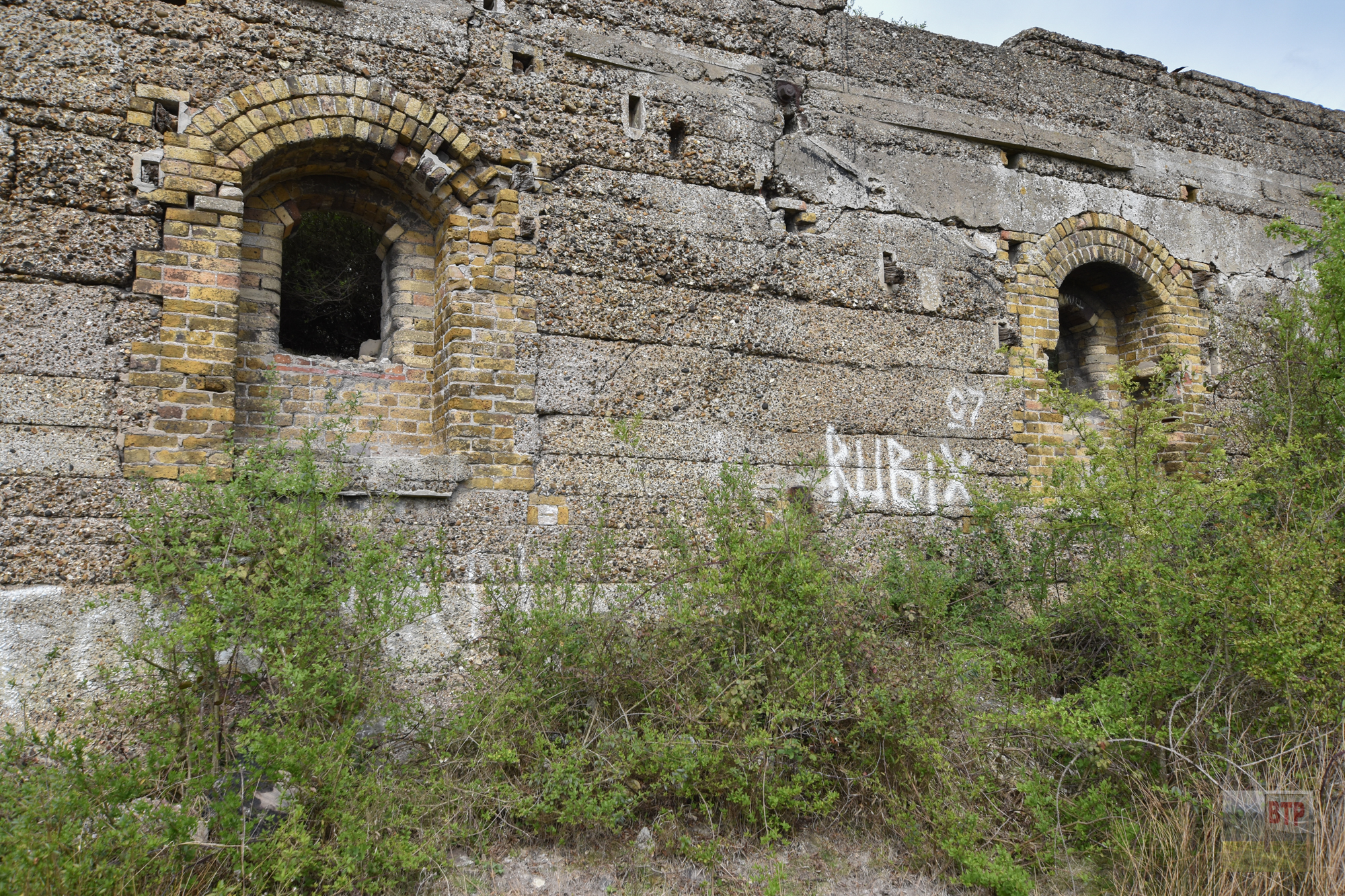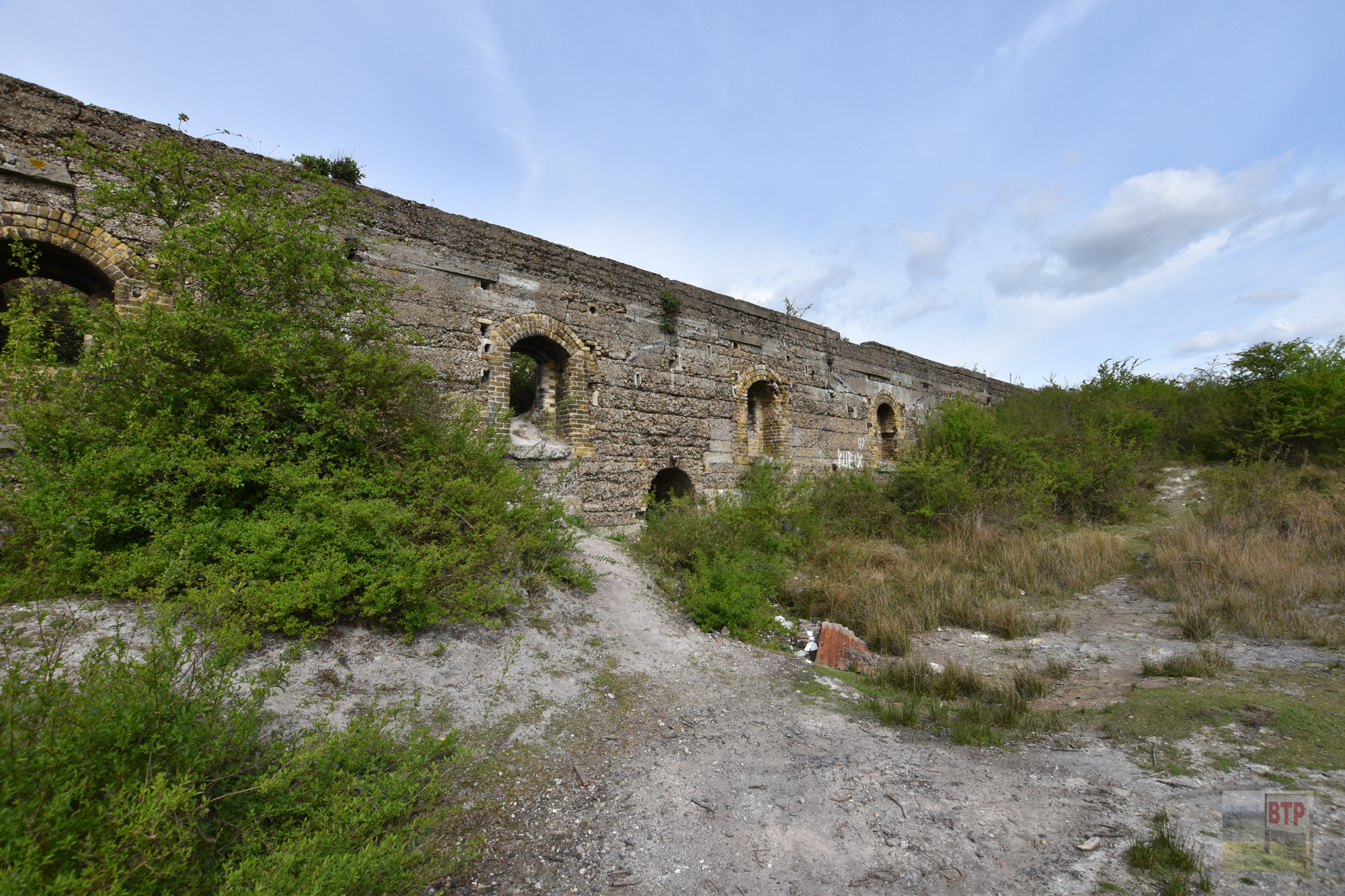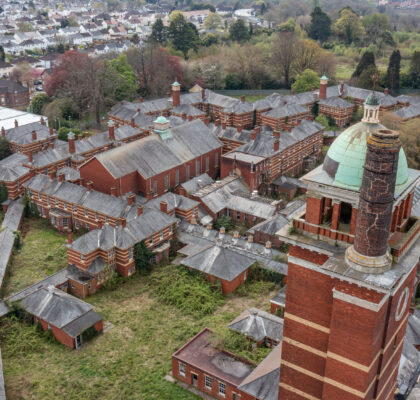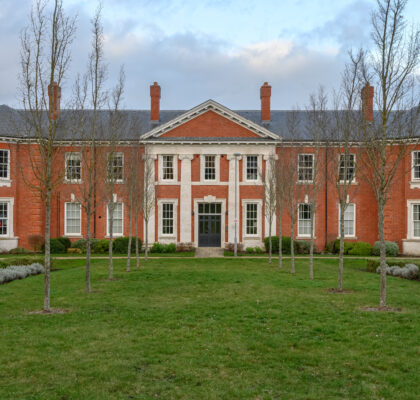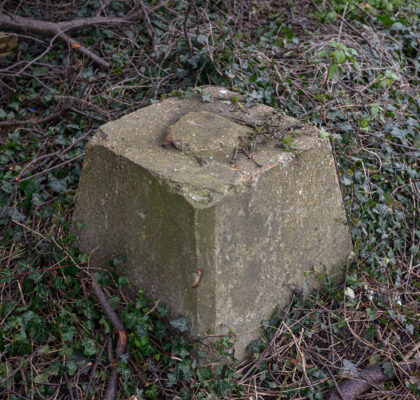
The desolate expanse of Cliffe on the Southern side of the Thames has seen little use over history beyond agriculture, defence, and the cement industry. The construction needs of the Industrial Revolution called for cement development, and ‘artificial’ Portland cement which we still use today emerged in the mid 19th Century as a development from more scarce naturally-occurring Roman cement. The first cement works at Cliffe was The ‘Pottery’ (1854-1886). This was home to numerous conical ‘bottle’ kilns used to create cement; going from two to sixteen over the site’s lifespan. A whiting factory stood adjacent, having existed prior to 1842. In 1867, Nine Elms was built (see below). Later, Cliffe Quarry operated from 1874 to 1921 and expanded. Thames/Alpha Cement Works operated from 1912 to 1970. It was then that the Cliffe cement industry was replaced by Marinex gravel company, which dredged gravel from the Thames bed. This gravel industry continues today.
Nine Elms Kilns 1867-1900
Nine Elms was a cement works established by Francis & Co. downstream from the Pottery in 1867. A canal was constructed linking a riverside wharf to the centre of this site which appears to still exist although in a sorry state. A row of workman’s’ cottages were built for the site at the end of Salt Lane. This site was centred around a chamber kiln that still partially exists; a row of furnaces with conical tops similar to bottle kilns. These conical tops appear to have been removed in more recent years although they can be seen in numerous contemporary photographs. Only the concrete foundations of the rest of the Nine Elms site remains today. In 1870/1 a tramway was improved, which connected the site to the nearby cliffs used to extract chalk by having workers hang by only a rope around their waists and hack at the chalk! Nine bottle kilns and a further ten stood on the site, and the chamber kiln remaining today was built 1866/68.
Slit Trench from either WW1 or WW2
Adjacent to the 1866/68 kiln is an earthen mound which was in fact a slit trench constructed in either the First or Second World War for real defence purposes facing onto the Thames’ inlet into the marshes. It is known that some of the nearby cement work buildings were used for training during wartime so it could’ve been used for training. This trench is now obscured heavily by bushes although it follows an L-shape and is around 7 meters long and 70-80 cm wide. It is said to be set into a mound of chalky kiln waste, and is lined with timber and steel supports, and corrugated iron. It has a steel picket which could suggest it was defended further with barbed wire. The brambles made it very hard to see anything more than the raised earthen banks of the trench and chalk deposit, although English Heritage archeological surveys have enlightened us further on the trench’ details.
More from our visit:
Sources from Information and External Images:
http://www.cliffehistory.co.uk/cement.html
http://www.cliffeathoohistoricalsociety.org/
This entry was posted in Location Report
